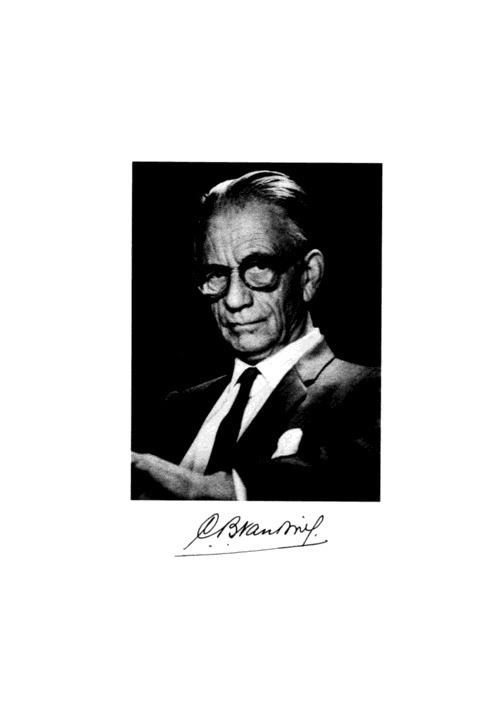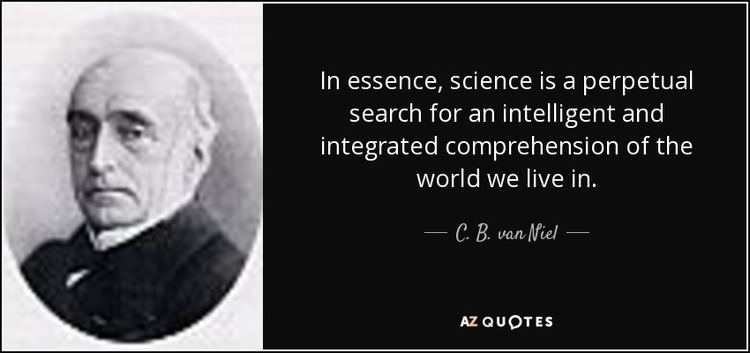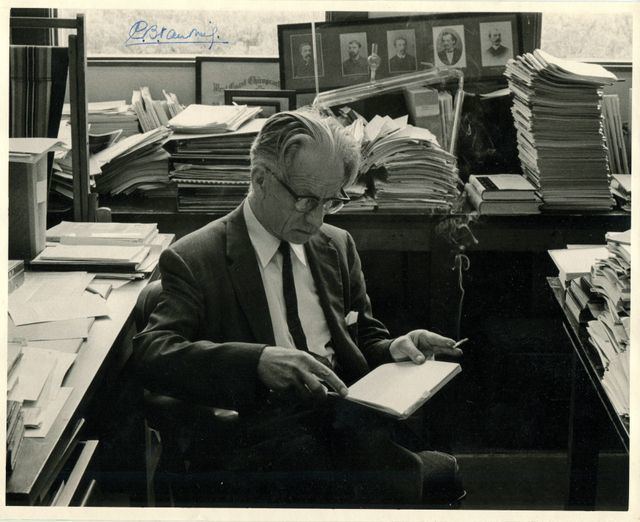Nationality USA, Netherlands Name C. van Notable students Roger Stanier Doctoral students Roger Stanier | Alma mater TU Delft | |
 | ||
Born November 4, 1897Haarlem ( 1897-11-04 ) Died March 10, 1985, Carmel-by-the-Sea, California, United States Education Delft University of Technology (1928), Stanford University | ||
C. B. van Niel | Wikipedia audio article
Cornelius Bernardus van Niel (November 4, 1897, Haarlem – March 10, 1985, Carmel, California) was a Dutch-American microbiologist. He introduced the study of general microbiology to the United States and made key discoveries explaining the chemistry of photosynthesis.
Contents
- C B van Niel Wikipedia audio article
- Early life
- Photosynthesis 1931
- Bacterial taxonomy
- Teaching
- Scientific legacy and awards
- Selected publications
- References

Early life

In 1923, Cornelius van Niel married Christina van Hemert, graduated in chemical engineering at Delft University and became an assistant to Albert Kluyver, who had initiated the field of comparative biochemistry. In 1928 he wrote his PhD dissertation ('The Propionic Acid Bacteria') after which he left for the United States to continue his work at the Hopkins Marine Station of Stanford University.
Photosynthesis (1931)

By studying purple sulfur bacteria and green sulfur bacteria he was the first scientist to demonstrate that photosynthesis is a light-dependent redox reaction in 1931, in which hydrogen from an oxidizable compound reduces carbon dioxide to cellular materials. Expressed as:
2 H2A + CO2 → 2A + CH2O + H2Owhere A is the electron acceptor. His discovery predicted that H2O is the hydrogen donor in green plant photosynthesis and is oxidized to O2. The chemical summation of photosynthesis was a milestone in the understanding of the chemistry of photosynthesis. This was later experimentally verified by Robert Hill.
In a nutshell, van Niel proved that plants give off oxygen as a result of splitting water molecules during photosynthesis, not carbon dioxide molecules as thought before.
Bacterial taxonomy
Van Niel also played a key role in the development of bacterial taxonomy. In 1962, van Niel in collaboration with Roger Y. Stanier defined prokaryotes as cells in which the nuclear material is not surrounded by a nuclear membrane, a definition that is still used to date.
Teaching
Shortly after his arrival at Hopkins Marine Station, van Niel developed a course in general microbiology which was to become widely influential. During its run from 1938 to 1962, the course drew students from around the world, and included several accomplished scientists among its alumni, including Esther Lederberg and Allan Campbell. and Arthur Kornberg, the recipient of the 1959 Nobel prize for DNA synthesis.
Scientific legacy and awards
Van Niel was the first biologist to receive the American National Medal of Science; he was awarded the 1963 Medal in biological sciences for "his fundamental investigations of the comparative biochemistry of microorganisms, for his studies of the basic mechanisms of photosynthesis, and for his excellence as a teacher of many scientists." Additional awards include:
In 1950 van Niel became a correspondent of the Royal Netherlands Academy of Arts and Sciences.
